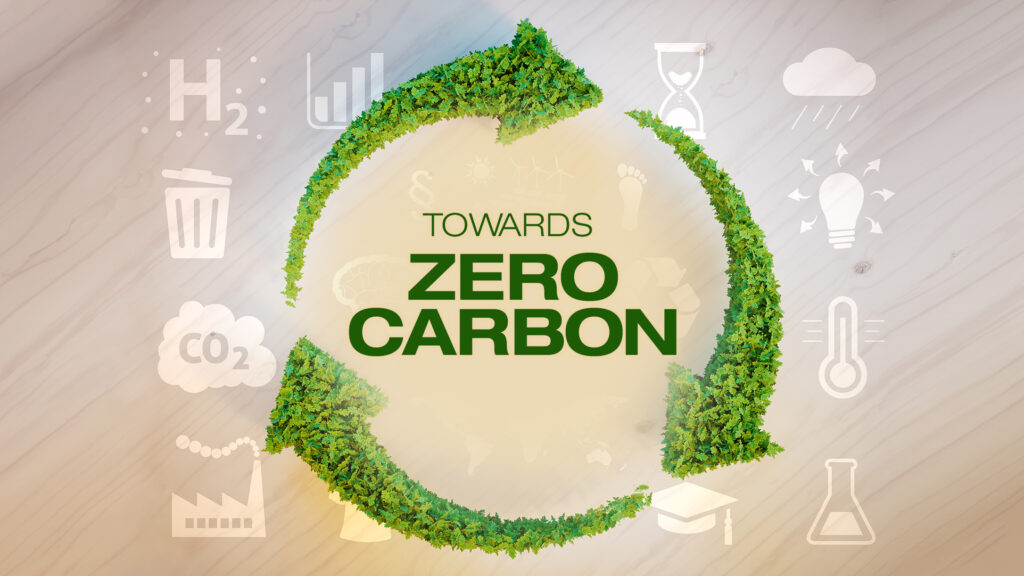As the urgency of climate change intensifies, nations, organizations, and individuals are increasingly committed to achieving carbon neutrality. This ambitious goal, aiming to balance carbon emissions with removals or offsets, requires comprehensive strategies and roadmaps for success. Here, we delve into the key components and considerations necessary to navigate the path toward carbon neutrality. First and foremost, setting clear and ambitious targets is essential. These targets should be aligned with scientific evidence and international agreements, such as the Paris Agreement’s goal to limit global warming to well below Celsius. Ambitious targets provide a guiding framework for action and mobilize stakeholders toward a common purpose. Transitioning to renewable energy sources lies at the heart of achieving carbon neutrality. Phasing out fossil fuels in favor of solar, wind, hydro, and other renewable sources not only reduces emissions but also enhances energy security and promotes sustainable development. Investments in renewable energy infrastructure, coupled with supportive policies and incentives, accelerate this transition and create a cleaner, more resilient energy system.

Energy efficiency also plays a pivotal role in the journey toward carbon neutrality. Improving the efficiency of buildings, transportation, industrial processes, and appliances reduces energy consumption and emissions. Implementing energy-efficient technologies and practices, such as smart meters, efficient lighting, and eco-friendly manufacturing processes, not only lowers carbon footprints but also yields significant cost savings over time. Furthermore, nature-based solutions offer powerful tools for carbon sequestration and emissions reduction. Protecting and restoring forests, wetlands, and other ecosystems preserves biodiversity while capturing and storing carbon dioxide from the atmosphere. Sustainable land management practices, such as agroforestry and reforestation, enhance carbon sinks and mitigate the impacts of land-use change. In addition to mitigation efforts, addressing carbon emissions from sectors such as agriculture, industry, and transportation is crucial. Implementing innovative technologies, such as carbon capture and storage CCS and electrification of transport, reduces emissions while supporting economic growth and job creation. Transitioning to low-carbon alternatives, such as electric vehicles and sustainable agriculture practices, fosters innovation and resilience in key sectors of the economy.
Carbon pricing mechanisms, such as carbon taxes or cap-and-trade systems, provide powerful economic incentives for reducing emissions. By putting a price on carbon, these mechanisms internalize the social and environmental costs of carbon pollution and encourage investments in cleaner technologies and practices. Revenue generated from carbon pricing can be reinvested in renewable energy, energy efficiency, and other climate solutions, further accelerating the transition to a low-carbon economy. Collaboration and partnerships are essential for driving collective action and achieving carbon neutrality goals. Governments, businesses, civil society organizations, and individuals must work together to share knowledge, resources, and best practices. Education and awareness-raising are also critical components of the transition to carbon neutrality. Empowering individuals and communities with knowledge about climate change and its impacts fosters behavioral change and encourages sustainable lifestyles. Engaging stakeholders through public outreach, education campaigns, and community initiatives builds momentum for climate action and fosters a sense of shared responsibility. By embracing these roadmaps and working together with determination and resolve, Mowa carbon neutral can navigate the path ahead toward a sustainable and resilient future for generations to come.